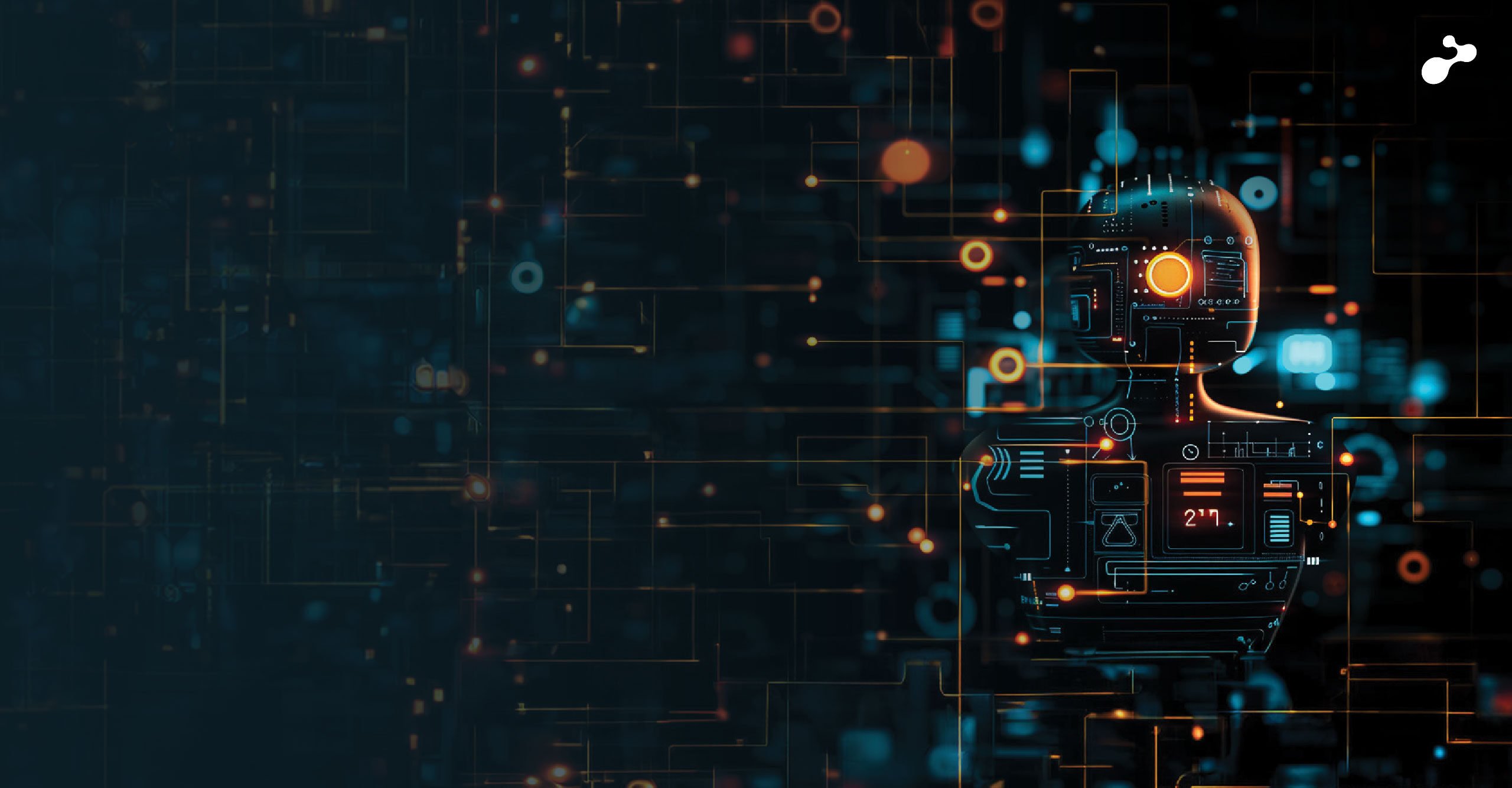In today's fast-paced technological landscape, the role of Artificial Intelligence (AI) in reshaping product engineering is undeniable. One of the most transformative applications of AI in this realm is Generative AI - a technology that has gained prominence for its ability to revolutionize product development. Generative AI can automate several manual tasks involved in software development, such as code generation, testing, and documentation. This can free engineers to focus on more strategic tasks, ultimately leading to increased productivity. For instance, Generative AI can generate code templates, unit tests, and documentation without manual help and save significant amount of time in the process. In this blog, we will explore how Generative AI can positively impact each phase of product development.
Product Elicitation Phase:
In product development, the ideation phase plays a pivotal role in shaping the success of a product. One of the critical aspects of this phase is requirement elicitation, where the foundation of the software is laid out. In recent years, Generative AI has emerged as a powerful ally in this process, offering many benefits that significantly enhance the quality and efficiency of requirement elicitation.
- Requirement Exploration: Generative AI can assist in exploring various possibilities and scenarios for software requirements, helping stakeholders to identify use cases and unforeseen requirements. This functionality empowers teams to think outside the box and uncover hidden insights that might have otherwise gone unnoticed
- Automated Documentation: One of the most time-consuming aspects of requirement elicitation is the creation of detailed documentation. Generative AI can automate this process by generating comprehensive use cases, user stories, and functional requirements documents based on input from stakeholders while ensuring consistency and accuracy in the documentation
- Requirement Completeness and Consistency: By analyzing the relationships between different requirements and identifying potential contradictions or gaps, Generative AI can help improve the overall quality of requirements. This meticulous scrutiny ensures that the final product aligns with the intended vision
- Personalized Requirement Generation: Every user group has unique preferences and needs. Generative AI can tailor requirements to specific user personas or target audiences and address broader user needs. This personalized approach enhances user satisfaction and accelerates product adoption
- Adaptation to Changes: In the dynamic world of product development, requirements often evolve throughout the development process. Generative AI plays a crucial role by quickly adapting and generating new requirements based on the changes. This agility is particularly valuable in fast-paced development environments, ensuring the software stays aligned with evolving needs and market trends
- Feedback Incorporation: User feedback is invaluable in refining and enhancing a product. Generative AI can analyze feedback from end users and stakeholders and generate updated requirements that reflect their input. This iterative process creates a feedback loop that helps create software that truly meets the needs and expectations of its intended users
Design & Development:
Generative AI can fast-track the software design phase in several ways, including:
- Automating the creation of design artifacts: Generative AI can automatically create design artifacts such as UML diagrams, wireframes, and prototypes, saving engineers a significant amount of time and effort
- Generating ideas for new features and functionality: Generative AI can be used to generate ideas for new features and functionality, helping engineers come up with more creative and innovative designs
- Testing designs for usability and correctness: This technology can be used to test designs for usability and correctness, identifying potential problems early in the design process
Similarly, during the development phase, Generative AI can be used in the following ways:
- Code Generation: Generative AI can automatically generate code snippets, modules, or even entire programs based on high-level requirements, significantly speeding up the development phase and reducing the need for manual coding
- Code Optimization: It can analyze and optimize existing code, improving its efficiency and performance, and saving time when compared to manual code optimization efforts
- Bug Detection: AI-powered tools can automatically detect and highlight potential bugs, vulnerabilities, or code quality issues, allowing developers to address them quicker
- Code Review Assistance: Generative AI can assist in code reviews by automatically identifying coding style violations and providing improvement suggestions, streamlining the overall code review process
- Documentation Generation: Generative AI can automatically generate code documentation and help in reducing the time developers need to spend on writing and maintaining documentation
Testing:
Generative AI can be a valuable tool in the software and product testing phase as it automates various aspects of testing and helps testers to seamlessly generate test data, scenarios, and even test cases. Here are some ways in which generative AI can be applied in software and product testing:
- Test Data Generation: Generative AI can create synthetic test data, which is especially useful when real data is sensitive or limited. It can generate a wide range of data types, including text, numbers, dates, and images, to cover different test scenarios
- Test Scenario Generation: Generative AI can automatically generate test scenarios based on requirements, user stories, or historical data, helping identify critical paths and edge cases, reducing the manual effort and time required for scenario creation
- Test Case Generation: Generative AI can assist in generating test cases by analyzing requirements and user stories, identifying positive and negative test cases, boundary tests, and stress tests, thereby improving test coverage
- Exploratory Testing Support: Testers can leverage Generative AI to obtain test ideas and explore the application by generating random inputs or following specific patterns to uncover potential issues
- Test Automation: Generative AI can be used to automate the execution of test cases by generating test scripts or code, significantly reducing the time and effort required for regression testing
- Anomaly Detection: Generative AI models can be trained to detect anomalies and deviations from expected behavior in software or product outputs, helping identify potential defects or security vulnerabilities at an early stage
- Load and Performance Testing: Generative AI can simulate many virtual users or devices to perform load and performance testing, helping assess how an application handles heavy traffic
- Security Testing: AI-powered tools can automatically generate security test cases to identify vulnerabilities, such as SQL injection, cross-site scripting (XSS), and authentication issues
- Regression Testing Optimization: Generative AI can intelligently select and prioritize test cases for regression testing, minimizing the testing effort while maximizing coverage
Deployment and Release:
- Release Notes Generation: Generative AI can assist in automatically generating release notes by summarizing the changes made to the software, making it easier for stakeholders to understand what's new and what has been fixed in each release
- Deployment Scripts: It can generate deployment scripts or automation code, streamlining the software deployment process in various environments and reducing the chances of human error during deployment
- Configuration Management: This technology can help generate and manage configuration files for different deployment environments, ensuring consistency and reducing configuration-related issues
- Deployment Planning: Generative AI can analyze historical data and project dependencies to assist in planning the deployment process, including identifying potential bottlenecks and resource requirements
- Continuous Integration/Continuous Deployment (CI/CD): Generative AI can be integrated into CI/CD pipelines to automatically trigger deployments based on predefined criteria, such as passing tests and code reviews. It can automate the CI/CD pipeline, allowing for faster and more reliable code integration, testing, and deployment
- Deployment Testing: AI can assist in generating and executing test cases specifically designed to test the deployment process, ensuring that software is deployed correctly
- Deployment Monitoring: Generative AI can help in monitoring and alerting configurations to track the performance and health of deployed software, helping teams detect and respond to issues promptly
- Deployment Rollback: Generative AI provides recommendations or automation scripts for rolling back deployments in case of critical issues, reducing downtime and minimizing user impact
- Deployment Documentation: AI can generate deployment documentation, including step-by-step guides and configuration details, making it easier for teams to follow best practices during the deployment process
- Deployment Notifications: AI-powered bots can send automated notifications to relevant teams or stakeholders when deployments are initiated, completed, or encounter issues, improving communication and transparency
Considering all this, it is evident that Generative AI stands as a potent tool for transforming the landscape of product development. Through its ability to handle repetitive tasks, enhance code quality, and identify issues at an early stage, it plays a pivotal role in the creation of superior products that are more likely to succeed. This blog has illustrated the various ways in which Generative AI can benefit different aspects of product engineering. In our next blog, we will delve deeper into how e-Zest employs Generative AI throughout the entire product engineering process, ultimately leading to the development of superior products and faster time-to-market.









